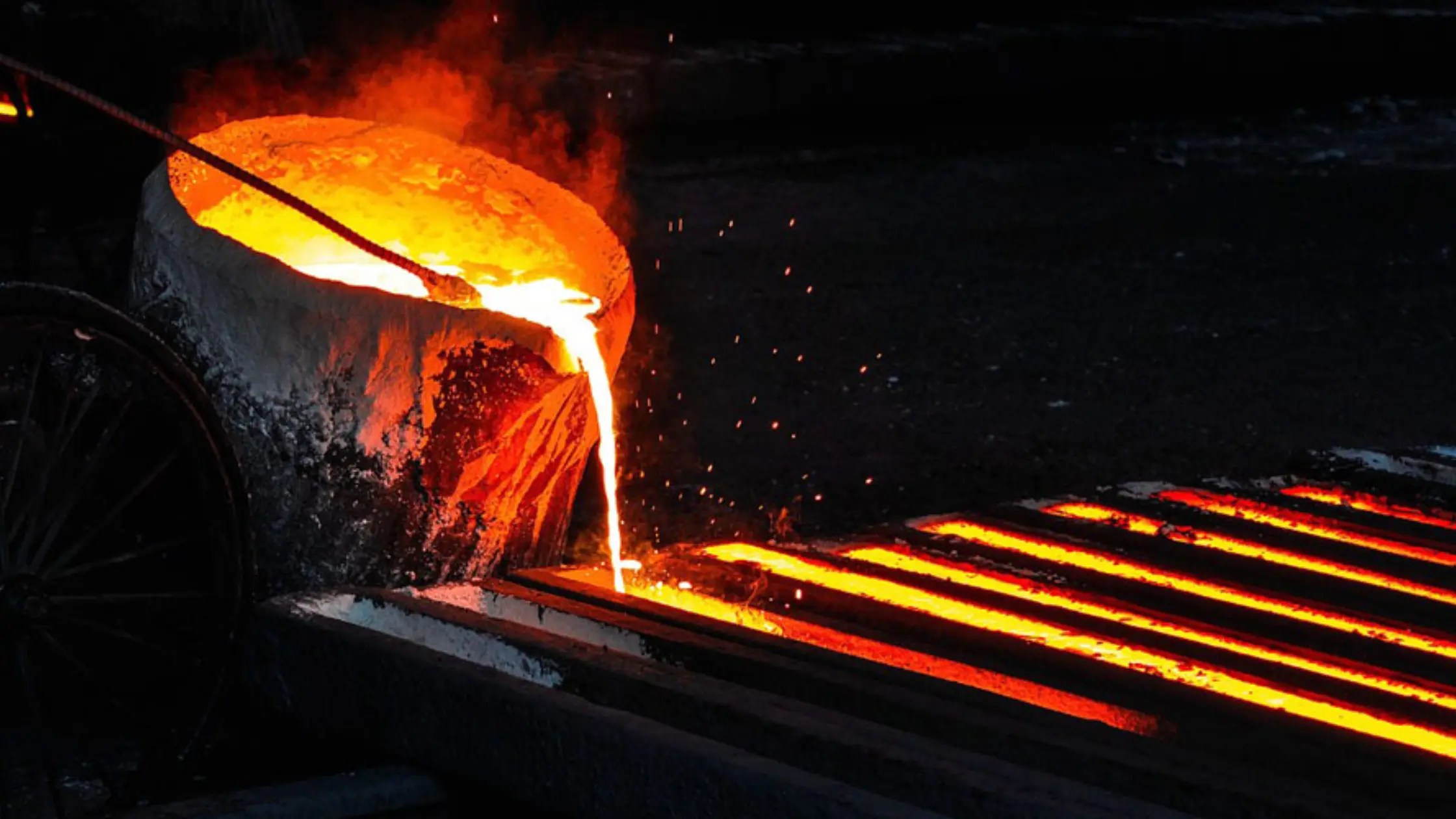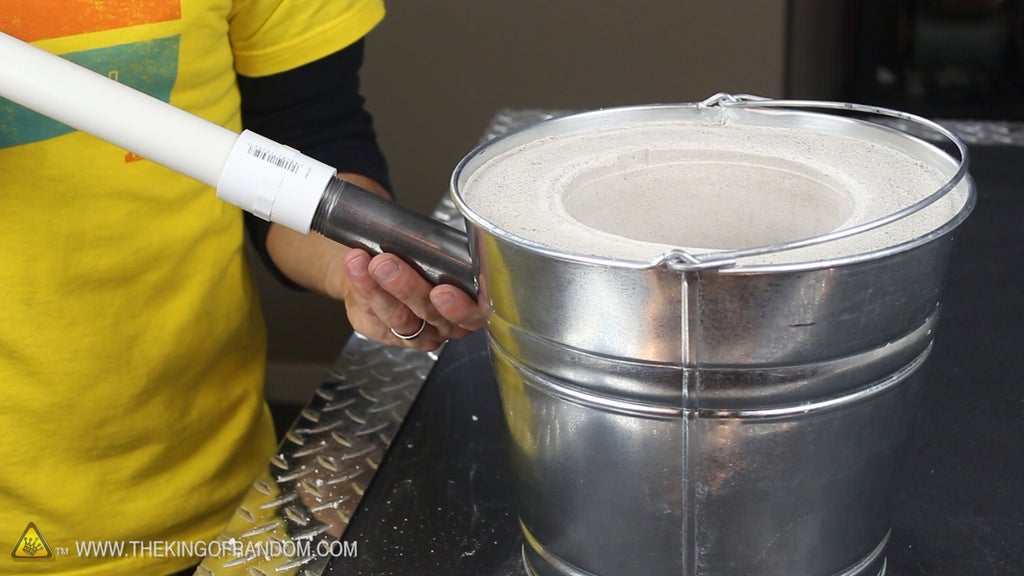Common Metal Casting Defects and How to Prevent Them
Wiki Article
Discovering the Art of Metal Casting: Methods and Applications in Modern Foundries
Metal casting is a time-honored craft that incorporates artistry with design accuracy. From old techniques to modern developments, this process has evolved substantially. Different methods, such as sand casting and lost-wax casting, display the adaptability of the medium. Innovations like 3D printing are reshaping just how foundries operate. As the lines between functionality and virtuosity blur, one have to consider just how these growths influence both modern applications and standard practices. What lies in advance in this evolving landscape?The Basics of Metal Casting
Metal casting, an essential procedure in production, involves pouring molten metal right into a mold and mildew to achieve a preferred form. This technique functions as a foundation in the production of intricate metal parts throughout various markets. Crucial element of metal casting include the selection of materials, which can vary from aluminum to steel, each selected for its details residential properties and application suitability. The procedure starts with mold and mildew creation, which can be made from sand, metal, or porcelains, depending on the casting method used. The liquified metal is after that carefully poured into the mold, where it strengthens and cools down. Crucial elements such as temperature level control, cooling rate, and mold design significantly impact the final item's high quality and characteristics. In enhancement, recognizing the physical and chemical homes of the metal help in enhancing casting efficiency, inevitably boosting the efficiency of the manufacturing process and making sure top notch outcome tailored to specific demands.Traditional Casting Techniques
Standard casting methods include a variety of methods that have actually stood the examination of time, showing their effectiveness in creating intricate metal elements. One popular technique is sand casting, which utilizes a combination of sand and a bonding representative to create mold and mildews. The flexibility of sand casting permits the manufacturing of diverse shapes, making it ideal for both large-scale and small production. An additional notable strategy is investment casting, typically used for complicated and precise geometries. This method involves producing a wax pattern that is coated in a ceramic covering, which is after that heated up to eliminate the wax, leaving a dental caries for molten metal. Furthermore, die casting is made use of for high-volume production, where liquified steel is injected right into recyclable steel molds. Each of these standard techniques stays pertinent, showcasing the workmanship and ability intrinsic in the art of steel casting, while satisfying the demands of different industries.Modern Innovations in Metal Casting
As markets progress, developments in steel casting are reshaping production procedures and improving performance. Advanced technologies such as 3D printing and computer-aided design (CAD) are changing mold creation, enabling for detailed designs that were formerly unattainable. These methods promote rapid prototyping, reducing preparations and promoting imagination in product advancement.Furthermore, the assimilation of automation and robotics in foundries is streamlining operations, reducing human error, and increasing safety. Smart sensing units and real-time tracking systems enable accurate control of temperature and material homes, making certain higher top quality results.
Lasting techniques are arising, with the usage of energy-efficient furnaces and recycled materials, decreasing ecological effect. The adoption of sophisticated alloys and composite materials is also increasing the possibilities of metal casting, causing stronger and lighter elements. Generally, these modern technologies are changing metal casting right into a more efficient, exact, and eco responsible industry.
Applications Across Different Industries

While diverse Going Here markets progressively rely on steel casting, the strategy's adaptability plays an essential function in conference specific application requirements. In the automotive industry, metal casting is essential for generating engine parts, transmission real estates, and other complex parts that require precision and sturdiness. The aerospace market gain from lightweight casted elements, guaranteeing both efficiency and fuel effectiveness. In addition, the construction sector utilizes metal casting for structural components, such as beam of lights and supports, improving the integrity of bridges and structures.
Additionally, the energy industry utilizes metal casting for generator blades and various other significant machinery that should hold up against extreme conditions. Clinical tools also see applications of metal casting, specifically in medical tools and prosthetics, where precision is essential - Metal Casting. On the whole, the flexibility and integrity of metal casting make it vital throughout various areas, adding to the advancement of innovation and framework in modern culture
The Artistic Side of Metal Casting
Commonly linked with commercial applications, metal casting additionally finds its location in the domain of art, where proficient craftsmens change molten steel into expressive sculptures and complex layouts. This artistic side of steel casting incorporates diverse methods, consisting of sand casting, lost-wax casting, and investment casting, each offering unique possibilities for creativity. Artists utilize these approaches to produce works that vary from abstract types to natural depictions, enabling for personal expression and discourse on contemporary problems.
Frequently Asked Concerns
What Precaution Are Important in a Metal Casting Foundry?
Essential safety and security procedures in a metal casting shop include personal protective devices, appropriate air flow, emergency protocols, training in dealing with molten steels, normal equipment upkeep, and clear communication of threats to ensure employee safety and security and wellness. Aluminum Foundry.Exactly How Do Ecological Rules Impact Metal Casting Processes?
Environmental regulations greatly affect steel casting procedures by mandating using cleaner modern technologies, reducing exhausts, and promoting waste monitoring techniques. Conformity commonly calls for investments in tools, training, and modifications to existing procedures to lessen ecological influence.What Are the Typical Defects in Metal Castings?
Usual flaws in metal castings include porosity, shrinkage, incorporations, and misruns. These problems can arise from inappropriate mold and mildew design, insufficient temperature control, or contamination, eventually influencing the structural stability and total top quality of the last product.How Is Waste Managed Throughout Metal Casting Production?
Waste monitoring in steel casting production includes recycling scrap metal, applying effective material usage, and utilizing innovative modern technologies to lessen waste. Foundries take on practices like sand reclamation and appropriate disposal techniques to lower ecological influence.What Occupation Opportunities Exist in the Metal Casting Sector?
The steel casting market offers diverse job why not check here opportunities, consisting of functions such as foundry manager, metallurgical engineer, quality control assessor, pattern maker, and production manager, satisfying numerous ability collections and competence in producing processes.Metal casting, a critical process in manufacturing, entails putting liquified metal into a mold to achieve a preferred form. Furthermore, die casting is utilized for high-volume manufacturing, where liquified metal is injected right into multiple-use metal Metal Casting molds. While varied industries significantly depend on metal casting, the strategy's flexibility plays a vital function in meeting details application requirements. Typically connected with commercial applications, steel casting also finds its area in the domain name of art, where proficient artisans transform liquified metal right into complex styles and meaningful sculptures. Waste administration in steel casting production involves recycling scrap metal, applying effective product usage, and utilizing innovative technologies to lessen waste.
Report this wiki page